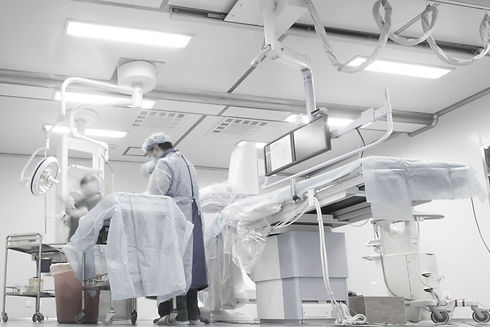We pride ourselves in offering professional and exceptional care and service to both our referring doctors and patients.
BONE DENSITOMETRY (BMD)
Bone densitometry, also called dual-energy x-ray absorptiometry (DEXA) uses low dose xrays to produce images of the bones. It is most commonly performed on the lumbar spine and hips but sometimes also includes the distal forearm. There is good correlation between the amount of bone measured, and bone strength.

MAGNETIC RESONANCE IMAGING
We have highly trained and experienced M.R. technicians and radiologists.
With this sophisticated equipment at our disposal, we can ensure that patients are imaged as swiftly as possible, and an expert MR radiologist is always at hand to provide the patient with reassurance and explanation of how the scan is progressing.


NUCLEAR MEDICINE
-
Nuclear Medicine is a branch of medical imaging that uses the nuclear properties of matter in diagnosis and therapy.
-
Nuclear Medicine uses radionuclides/radioisotopes or radiopharmaceuticals that are either injected into the vein or intradermally, ingested with food or liquids or inhaled in gaseous form.
SPECT CT
SPECT is a scintigraphic technique in which a computer-generated image of local radioactive tracer distribution in tissues is produced through the detection of single-photon emissions from radionuclides introduced into the body that is able to provide true three-dimensional (3D) information. T















